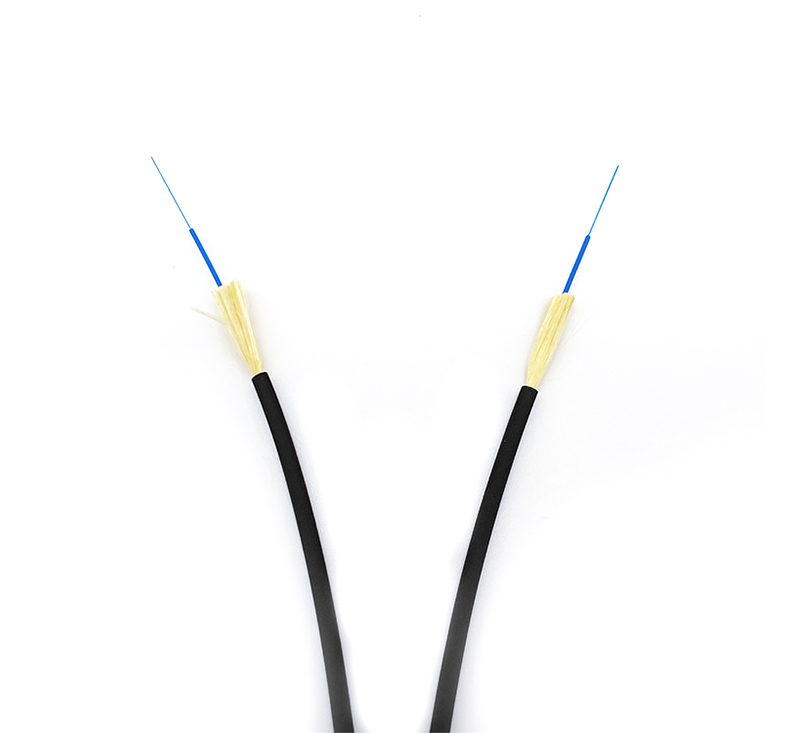Category 5 or Category 5e is a standard for measuring the transmission rate of twisted pair (network cable).
There is a difference: the larger the number in front of the "class", the faster the transmission rate. Currently, there are 3 categories, super 5 categories, 6 categories, and the higher-end category 7 (category 6A).

As far as Category 5 twisted pair is concerned, its standard transmission rate is 100Mbps. What concept? That is to say "100 megabits can be transmitted in one second", usually 8 bits = 1 byte in storage, then 100Mbps/8=12.5MB/s, that is, 12.5 megabytes can be transmitted per second . However, the transmitted code is not necessarily all valid codes. Calculated according to the 80% code efficiency, 12.5MB/s*80%=10MB/s, that is, a 100M file can be transmitted within 10 seconds.
In addition, category 6 and category 7 (category 6A) are faster than category five and category five. The standard rate of Category 6 is 1000Mbps (usually referred to as Gigabit), while the rate of Category 7 can reach 10000Mbps (usually referred to as 10 Gigabit or 10Gbps). As for how fast the transmission speed is, you can calculate it according to the above calculation method.
By the way, don't think that with a Category 6 cable, your network speed can reach Gigabit. The distribution of Category 6 network cables only means that your wiring has the conditions to achieve gigabit speed, but it does not mean that your network speed can reach gigabit.










